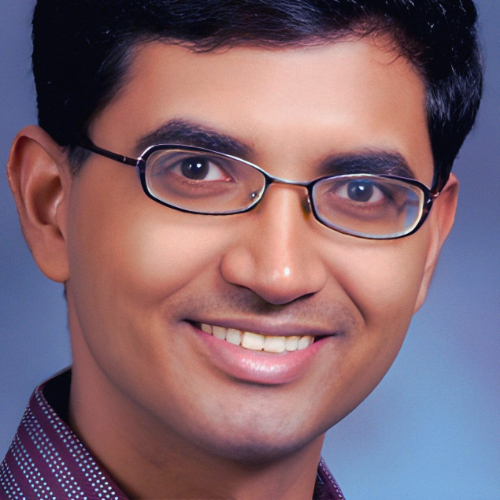295 reads
Life with AI Development in the Next 500 years, According to Jail-Broken Claude Sonnet 3.5
by
July 8th, 2024
Audio Presented by
 byThomas Cherickal@thomascherickal
byThomas Cherickal@thomascherickalThe Digital Futurist. The | Gen AI | Agents | Blockchain | Quantum | Mastery Playbook. Subscribe!
Story's Credibility





About Author
The Digital Futurist. The | Gen AI | Agents | Blockchain | Quantum | Mastery Playbook. Subscribe!